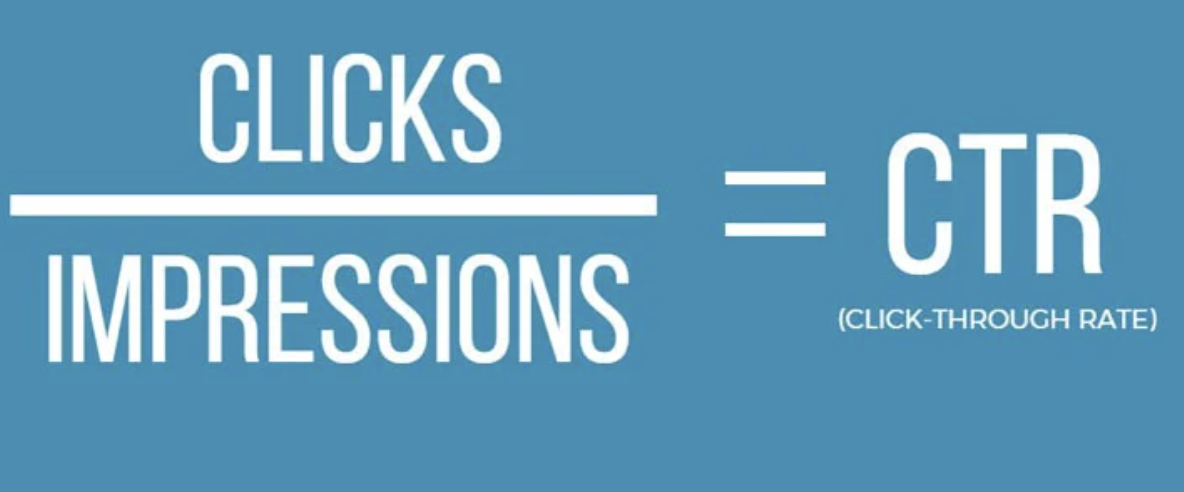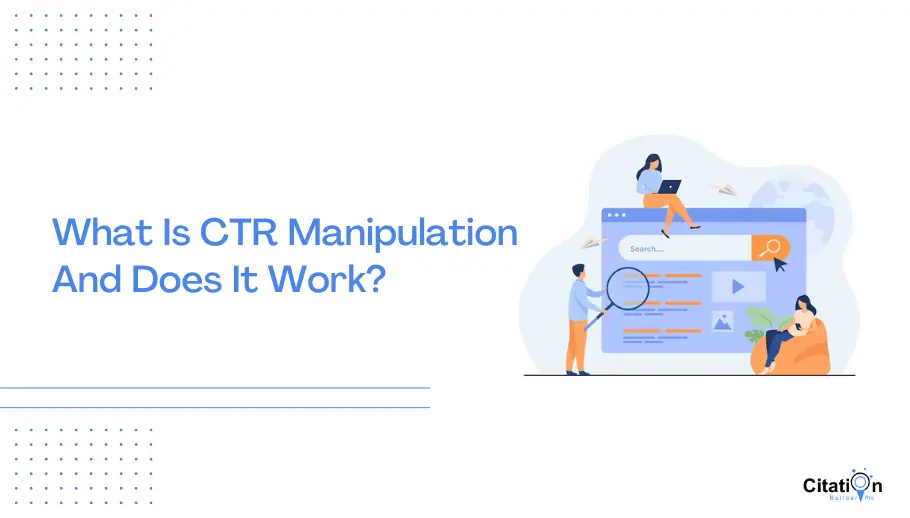Comprehensive CTR Manipulation Service: Maximize Your Advertising And Marketing Effect
Comprehensive CTR Manipulation Service: Maximize Your Advertising And Marketing Effect
Blog Article
Exploring the Partnership Between CTR Manipulation Providers and User Actions
In the world of digital marketing, the impact of click-through price (CTR) control services on customer behavior continues to be a facility and appealing topic. By dissecting the elaborate connection between CTR manipulation solutions and user habits, appealing insights emerge that might improve our understanding of electronic advertising and marketing techniques and their results on consumers.
Impact of CTR Manipulation on Habits
Evaluating the influence of Click-Through Rate (CTR) adjustment on individual actions discloses critical understandings right into the characteristics of online engagement. CTR manipulation involves synthetically pumping up the variety of click a particular web link or promotion to trick individuals and internet search engine. This technique can result in a distorted understanding of a webpage's appeal or importance, inevitably impacting user habits.

In addition, CTR manipulation can alter the information used by formulas to personalize individual experiences. This can cause individuals being served content that does not straighten with their preferences or interests, ultimately resulting in a decline in customer contentment and interaction. Comprehending the impact of CTR control on customer actions is essential for maintaining transparency and count on on-line interactions.
User Engagement With Controlled CTR
Customer interaction with adjusted CTR data usually brings about skewed understandings of online content appeal and significance. When users connect with material based on synthetically inflated Click-Through Fees (CTR), they might believe that particular details, products, or solutions are a lot more prominent or reliable than they actually are. This can cause users making choices based upon misleading information, causing potentially negative results.
Interaction metrics like likes, shares, comments, and time invested in a web page are frequently influenced by CTR manipulation. Users might be more likely to involve with content that appears to have higher interaction rates, further bolstering the cycle of manipulated assumptions. As an outcome, material developers and advertisers might prioritize producing content that creates high CTR as opposed to concentrating on creating genuinely beneficial and appropriate material.

Emotional Impacts of CTR Manipulation

Moreover, the psychological impacts of CTR manipulation can additionally show up in modified decision-making processes. Users might be a lot more likely to click on web content only based upon its viewed popularity, as opposed to its real worth or relevance to their needs. This behavior shift can result in a surface involvement with on-line material, where individuals may overlook top notch but much less preferred offerings for those with artificially boosted CTRs.
Essentially, the mental implications of CTR adjustment highlight the value of keeping transparency and credibility in on the internet interactions to cultivate real customer interaction and trust.
Moral Considerations in CTR Adjustment
Thinking about the moral ramifications of manipulating click-through prices (CTR) in on-line platforms is crucial for maintaining honesty and trust within the electronic community. CTR adjustment increases problems regarding tricking users, misshaping data analytics, and jeopardizing the reliability of on-line material. One major moral consideration is the prospective effect on customer autonomy and decision-making. By unnaturally inflating CTR, users may be deceived into clicking links or ads they would certainly not have chosen or else, causing an insincere online experience. CTR manipulation can skew the performance metrics that organizations rely on to make tactical decisions, inevitably affecting market competitors and consumer depend on.
Another ethical facet to ponder is the justness of controling CTR to acquire an unfair benefit over rivals. Engaging in such practices not only goes against concepts of justice but also threatens the depend on that individuals place in on-line systems. It is necessary for services and digital marketing professionals to maintain honest standards in their techniques to make sure transparency, reliability, and long-term sustainability in the on-line setting.
Ramifications for Digital Advertising
With the boosting reliance on digital platforms for marketing functions, the practice of manipulating click-through prices (CTR) positions significant implications for the effectiveness and integrity of electronic advertising methods. CTR adjustment visit this page can cause manipulated information analytics, deceiving marketers right into believing that their projects are executing much better than they really are. This can result in misallocation of resources, with companies buying underperforming approaches based upon falsified CTRs. When individuals understand that CTRs have actually been adjusted, it can erode trust fund in the brand name, leading to long-term negative effects for consumer loyalty and brand name reputation.
Additionally, using CTR adjustment solutions can produce an unfair competitive landscape, where business that engage in such methods get a fabricated benefit over those that comply with check that ethical marketing requirements. This can stifle development and creativity in electronic advertising and marketing, as success ends up being more concerning adjustment strategies than supplying real worth to customers. Eventually, the effects of CTR control for digital advertising and marketing prolong past temporary gains, affecting the general sustainability and reliability of advertising and marketing initiatives in the digital realm.
Conclusion
Finally, the relationship between CTR manipulation services and customer actions is intricate and multifaceted. The effect of CTR control on habits, user engagement with controlled CTR, psychological results, honest factors to consider, and ramifications for digital advertising and marketing all play a function fit this connection. Understanding these characteristics is important for marketing professionals and researchers alike in order to browse the ethical ramifications and make best use of the efficiency of their electronic advertising approaches.
Report this page